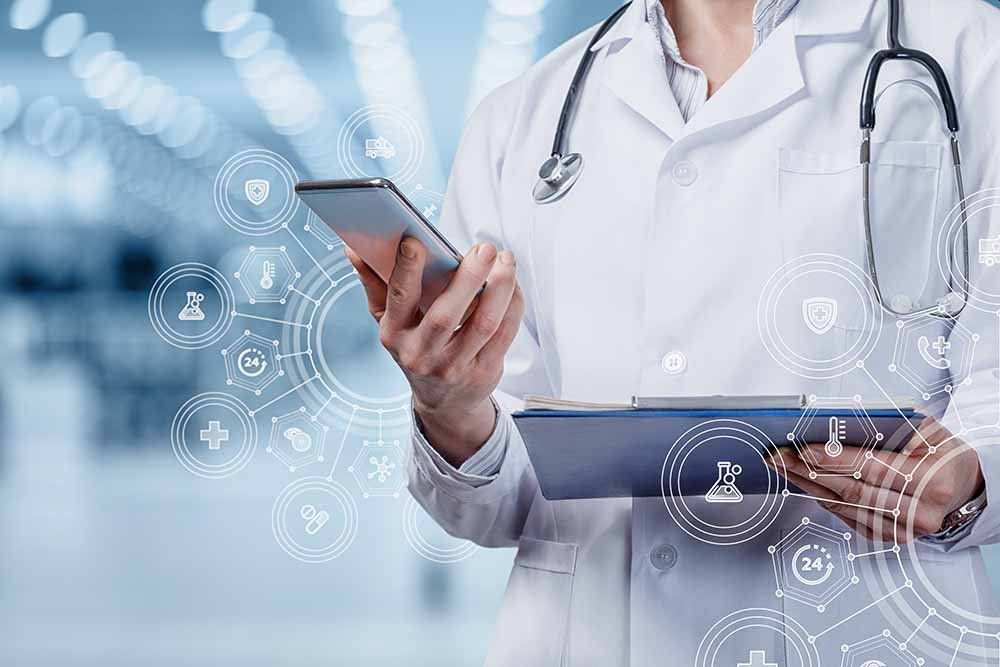
02 Jul ASK A LIFE SCIENCES FUTURIST: WHICH FUTURE TRENDS IN HEALTHCARE AND PHARMACEUTICALS SHOULD YOU FOLLOW?
Ask a life sciences futurist and they’ll tell you that the industry is awash in change at the moment. Moreover, as the lab of the future and new biological and pharmaceutical technologies come into shape, it’s quickly coming together to form a tidal wave of pending disruption. Wondering what topics and trends we life sciences futurists are focused on at the moment? A quick primer awaits below…
Case in point: Genomics and personalized Medicine are at the forefront of these advances. With the cost of sequencing an individual’s entire genome becoming increasingly affordable, medicine is becoming highly personalized. By understanding a patient’s unique genetic makeup, like life sciences futurists have posited, healthcare providers can tailor treatment strategies to an individual’s needs, potentially improving outcomes and reducing side effects.
Concurrently, the field of synthetic biology is expanding rapidly. It basically encompasses designing and constructing new biological parts, devices, and systems, or modifying existing ones for useful purposes. Innovations in this area include synthetic organisms and programmable gene therapies. For instance, CRISPR technology has been advancing, enabling highly precise editing of the genome, promising potential cures for genetic disorders.
Another rising movement is the increasing use of artificial intelligence (AI) and machine learning (ML) in the space. From speeding up drug discovery processes to making accurate diagnoses and predicting disease patterns, these tools are increasingly being harnessed to make sense of vast biological data sets. As you might imagine, developments here are likely to accelerate as algorithms become more sophisticated and computing power increases.
On other fronts, bioprinting is emerging as a transformative technology. We’re basically talking about using 3D printing technology and biological materials to create three-dimensional structures like tissues and organs. The technology is still in its early stages but holds immense potential for regenerative medicine and drug testing.
Furthermore, as any life sciences futurist or keynote speaker can tell you, scientific disciplines are becoming more interconnected with technologies from other disciplines, particularly nanotechnology. Nanobots, microscopic robots that can move through biological systems, are one example of this crossover. These devices can be used for targeted drug delivery, effectively treating diseases at the cellular level while minimizing side effects.
Moreover, as you’ve probably heard, the current focus on digital health and remote monitoring has been expedited by global pandemic conditions. Wearable devices and mobile health applications enable real-time health monitoring, encouraging preventive healthcare and allowing early intervention when necessary. This not only empowers individuals to take control of their health but also reduces the burden on healthcare systems.



